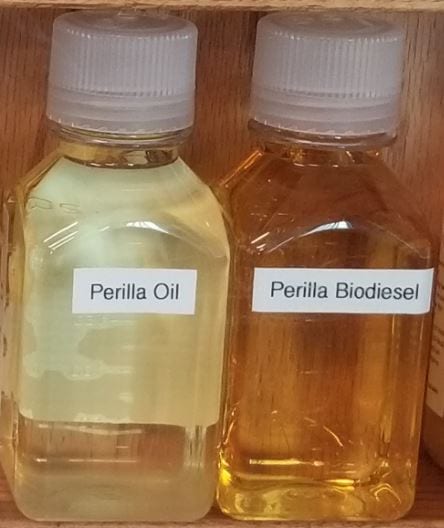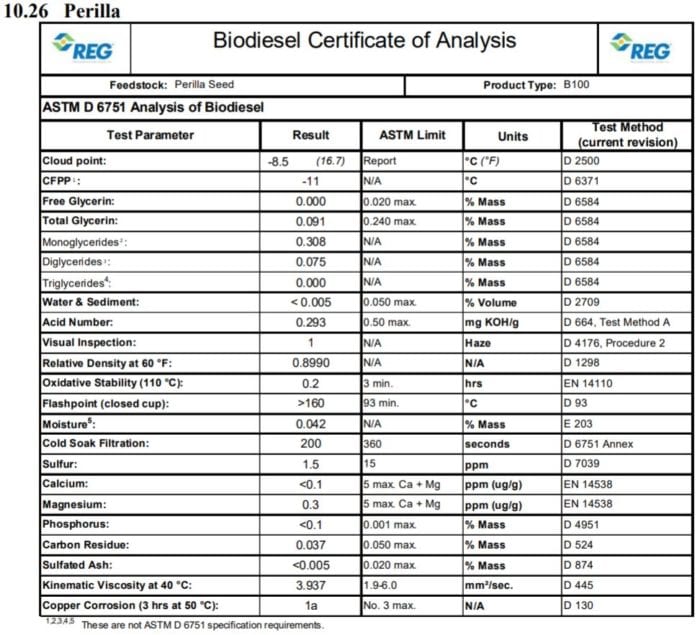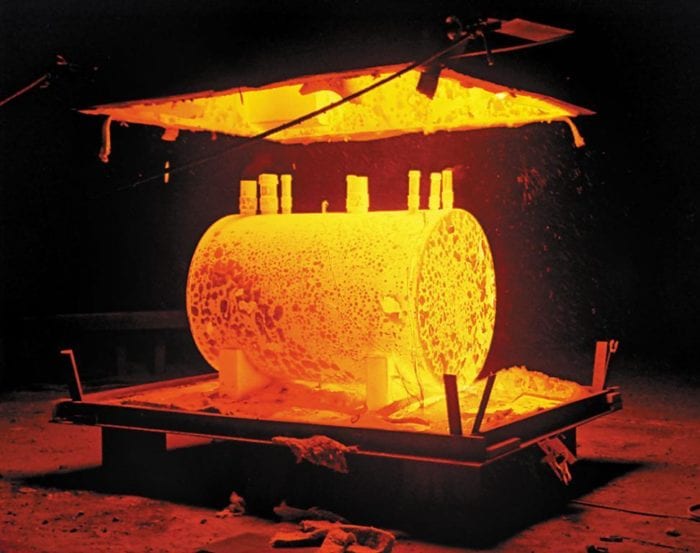Farm diesel and gasoline fueling delivery service
Diesel and Gasoline Rural Fuel Delivery Service.
Fill your farm, nursery, or homestead fuel tanks now.
Now is the time to order gasoline or diesel for your rural operation. In Oregon and Washington diesel and gasoline prices risen to a recent high. Off-road diesel and farm gasoline prices in particular can benefit from a bulk delivery order before the upcoming hurricane season causes fuel price volatility. Hurricane season usually spikes prices in the Pacific Northwest because they cause national petroleum supply interruptions going into Fall. Get ahead of the need for fuel.
This is the time to fill your farm fuel tank.
If you have a bulk tank now is the time to order as we are seeing stable prices for diesel and gasoline in the Pacific Northwest. Order your fuel now, and get a great price before the market changes. Call us and discuss your need. We are here to help and make keeping your equipment going when you need the fuel there without a hassle.
Rural Gasoline and Diesel delivery.
Agricultural fuels for farm use.
Call Star Oilco to keep your farm’s tank full. Whether it’s a 100 to 500 gallons of gasoline and dyed diesel or a 25,000 order of B20 biodiesel. We are there to serve you to make things easy. With what is going on, you will not regret having plenty of fuel next to your barn at these market prices.

Star Oilco is a locally owned Oregon business serving Willamette Valley farms and businesses since 1936. Veteran owned, locally operated, and committed to your needs here in Oregon and Washington.
Contact Form
Please see these other posts if you are curious about off-road fuels:
If you have questions about Off Road or Dyed Diesel please see our FAQ



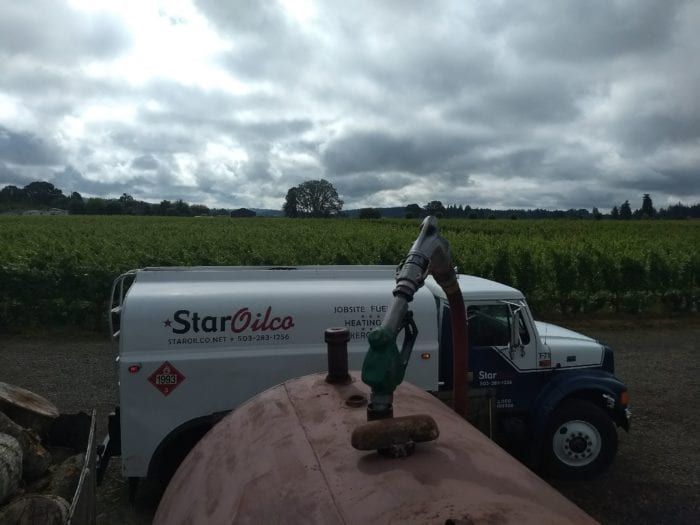



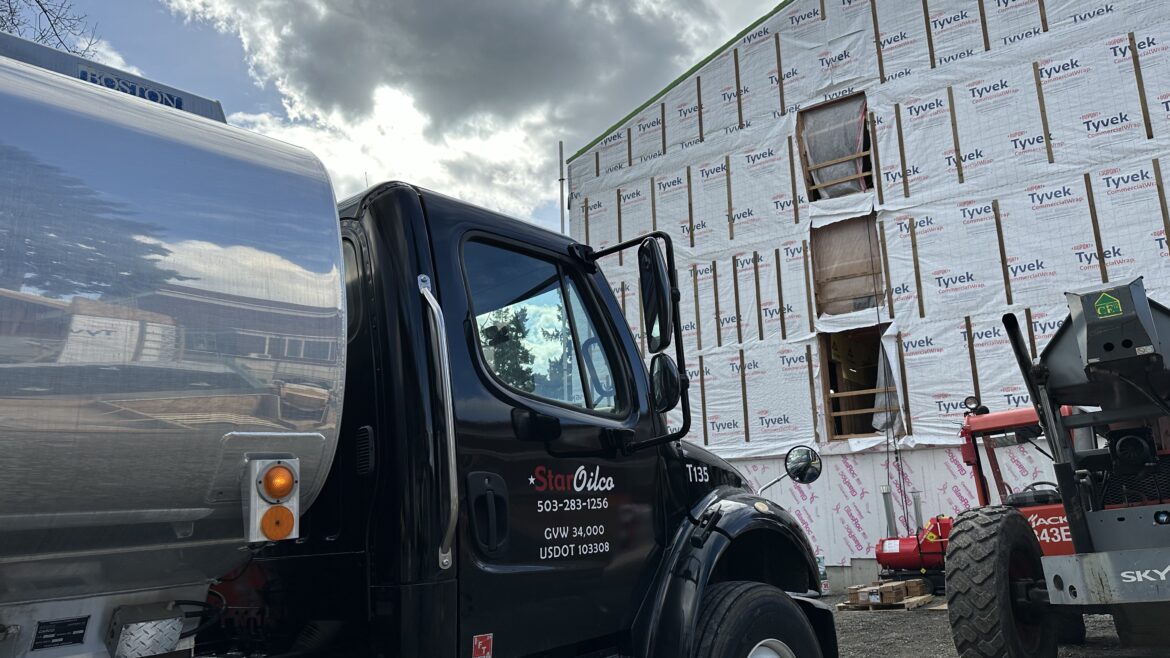

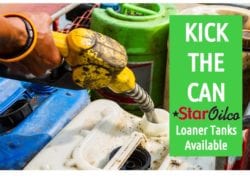
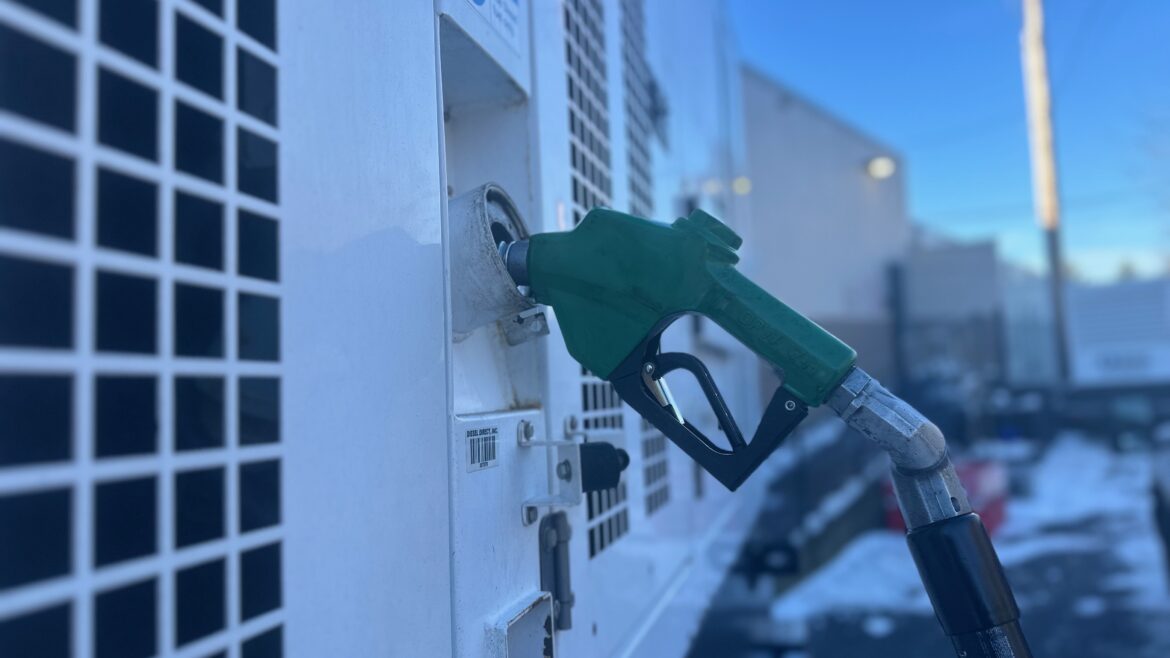


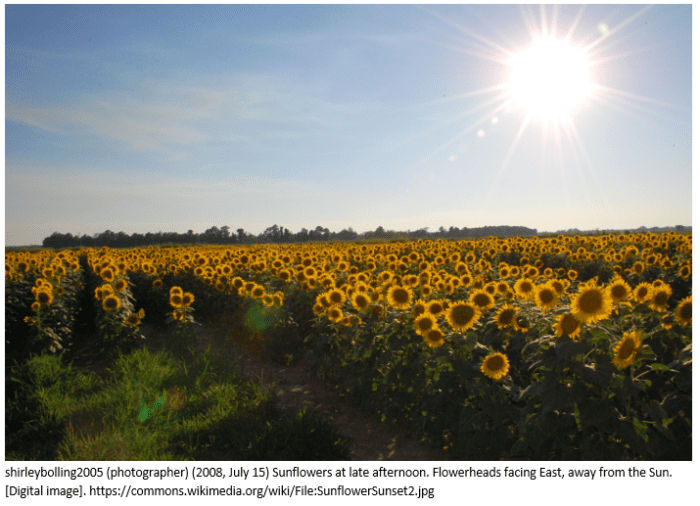
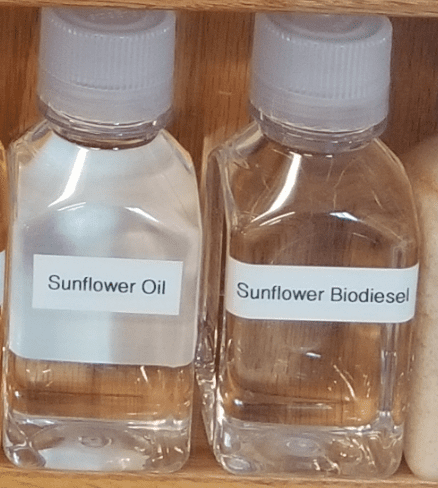
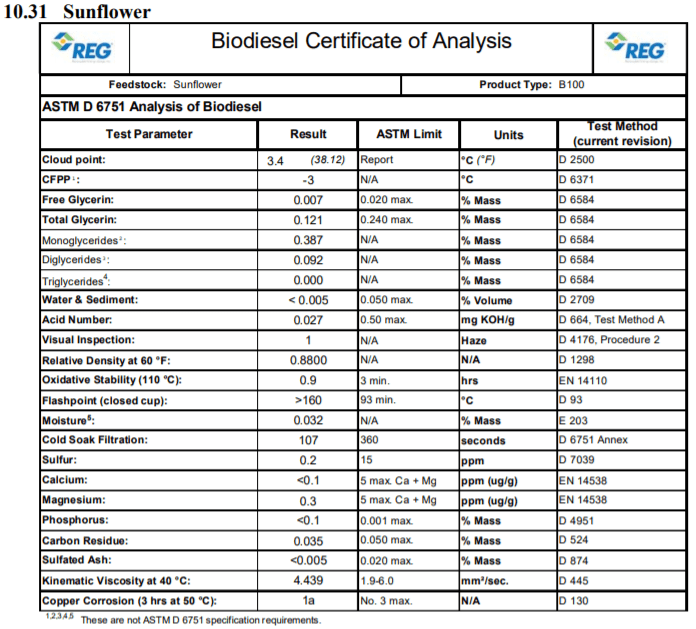

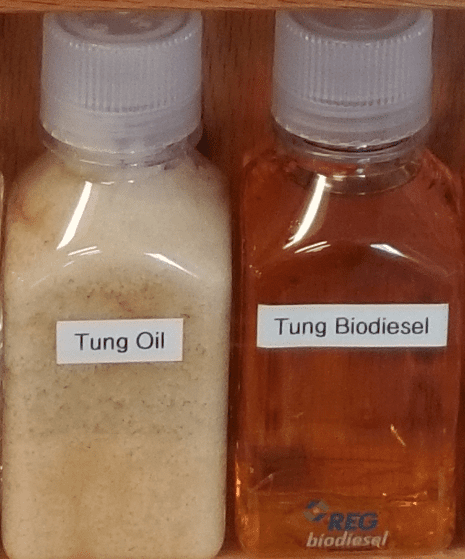
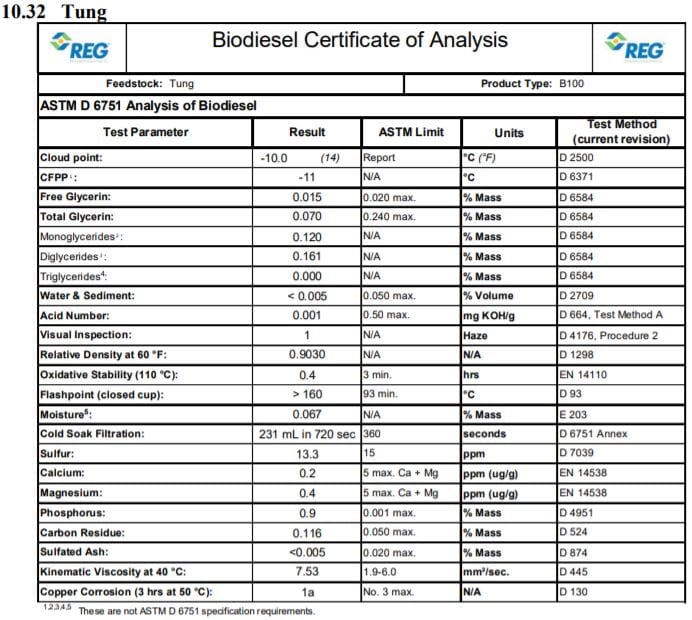
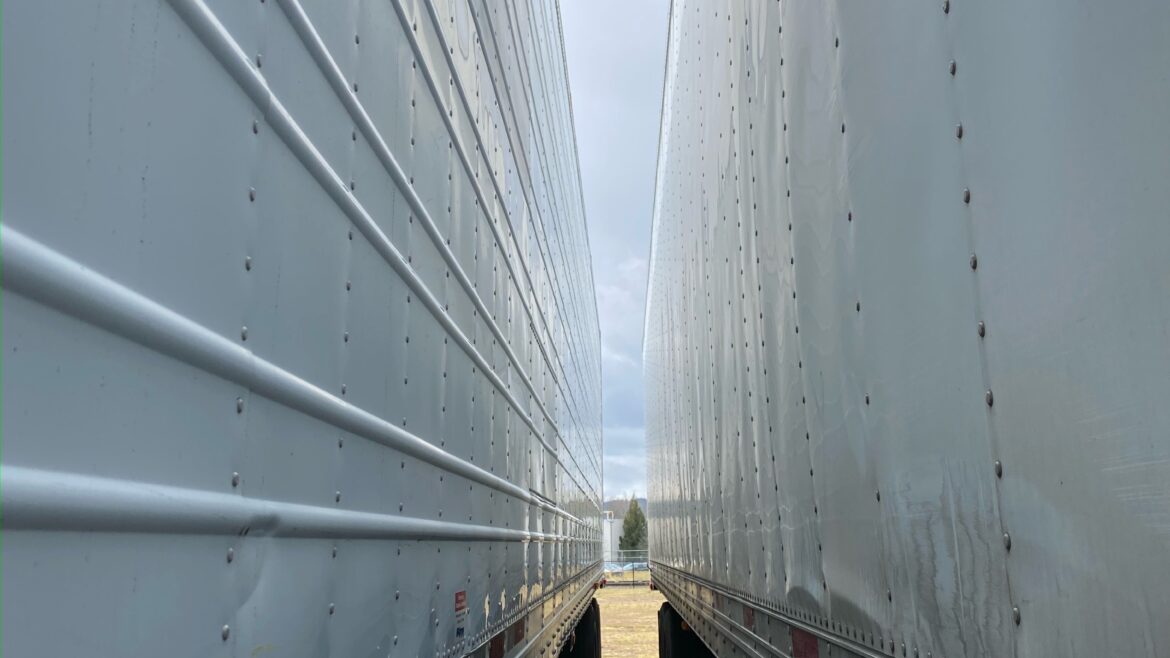
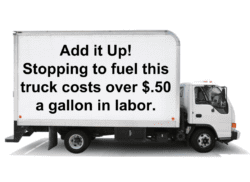
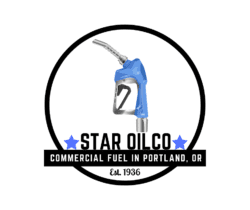

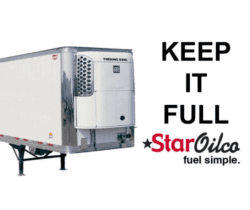


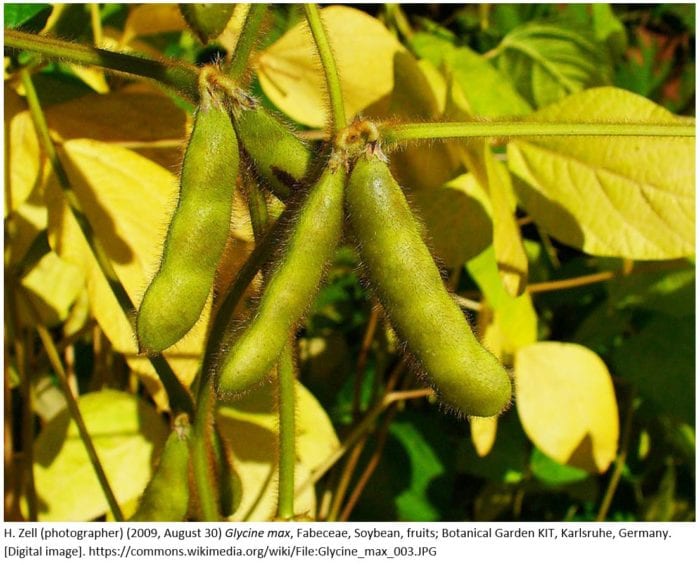
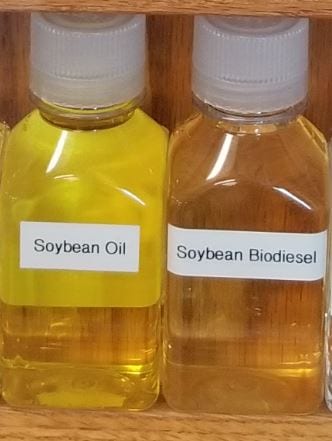
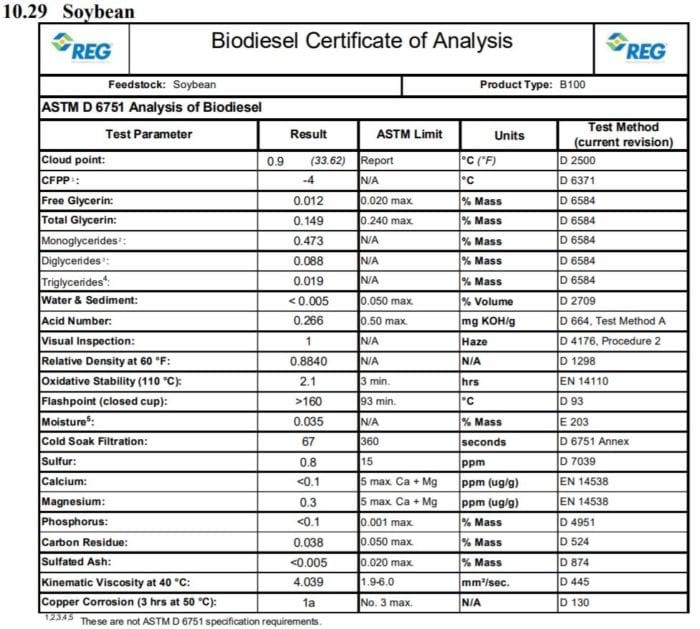
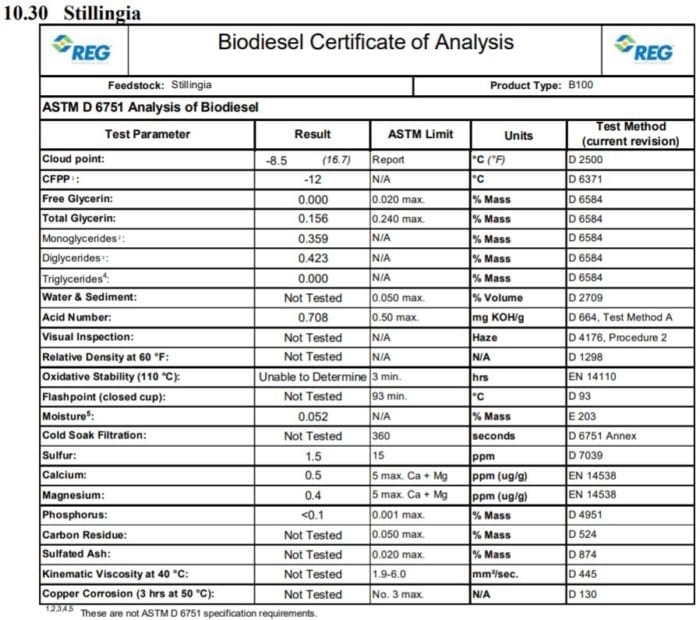
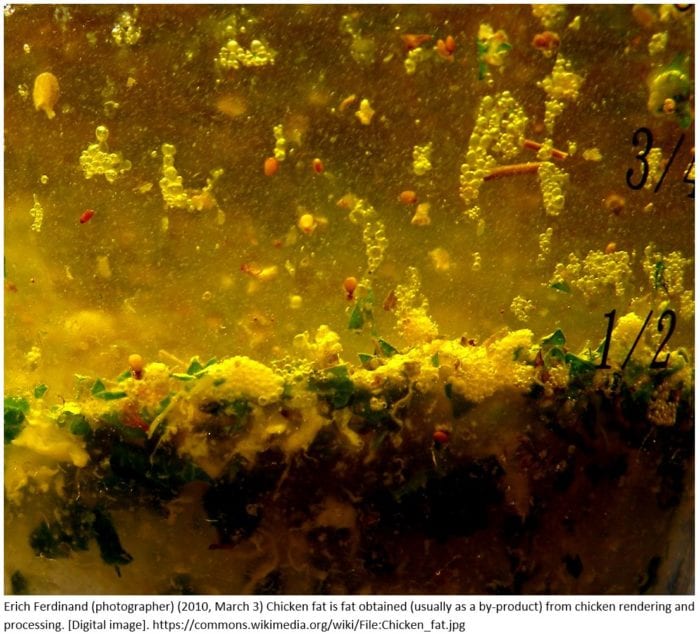 is different from other forms of fat and tallow. It tends to have less saturated fat. According to
is different from other forms of fat and tallow. It tends to have less saturated fat. According to 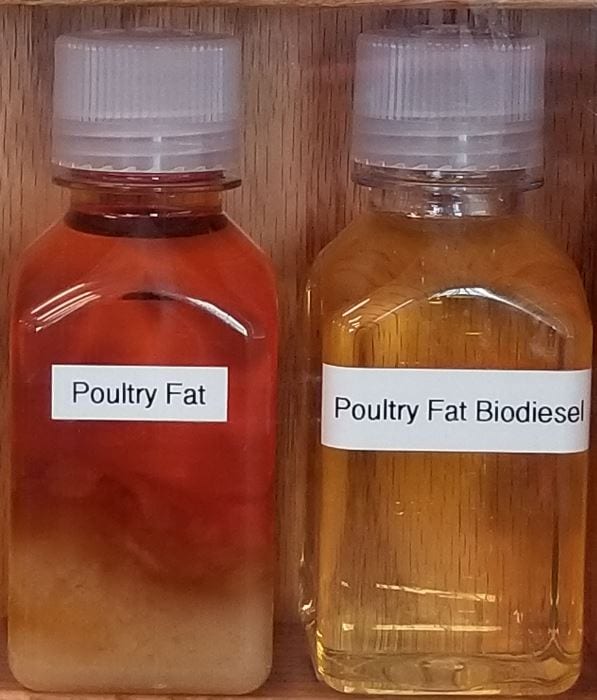
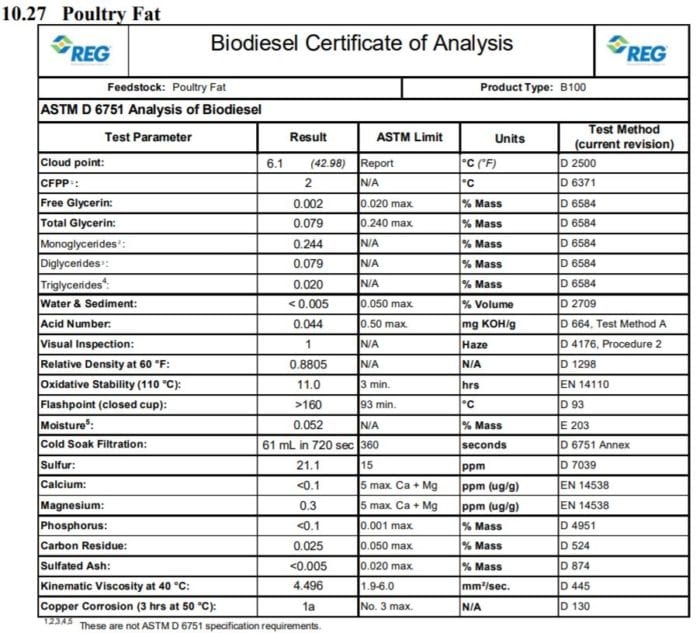
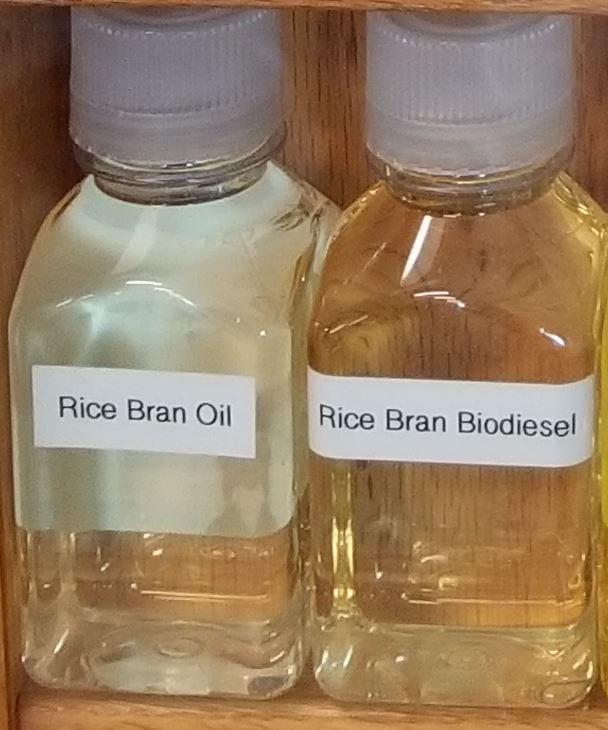
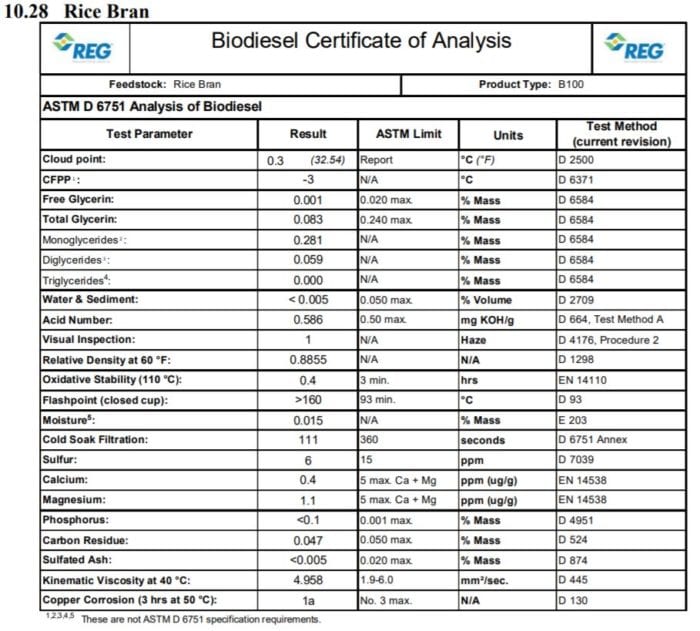
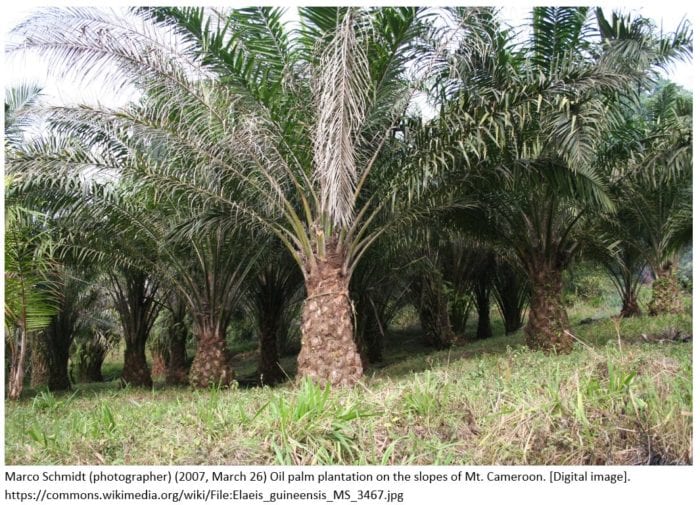
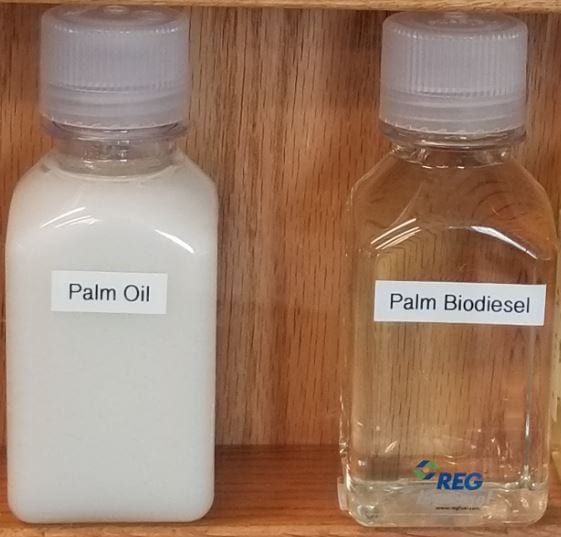
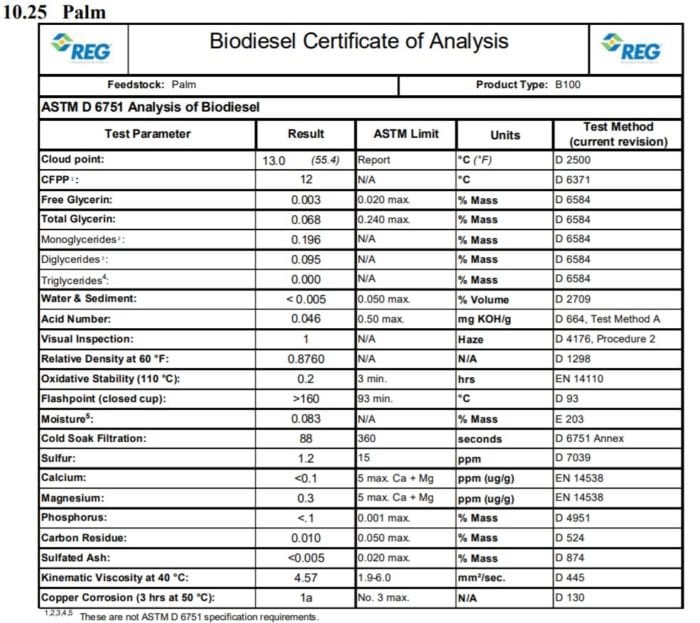
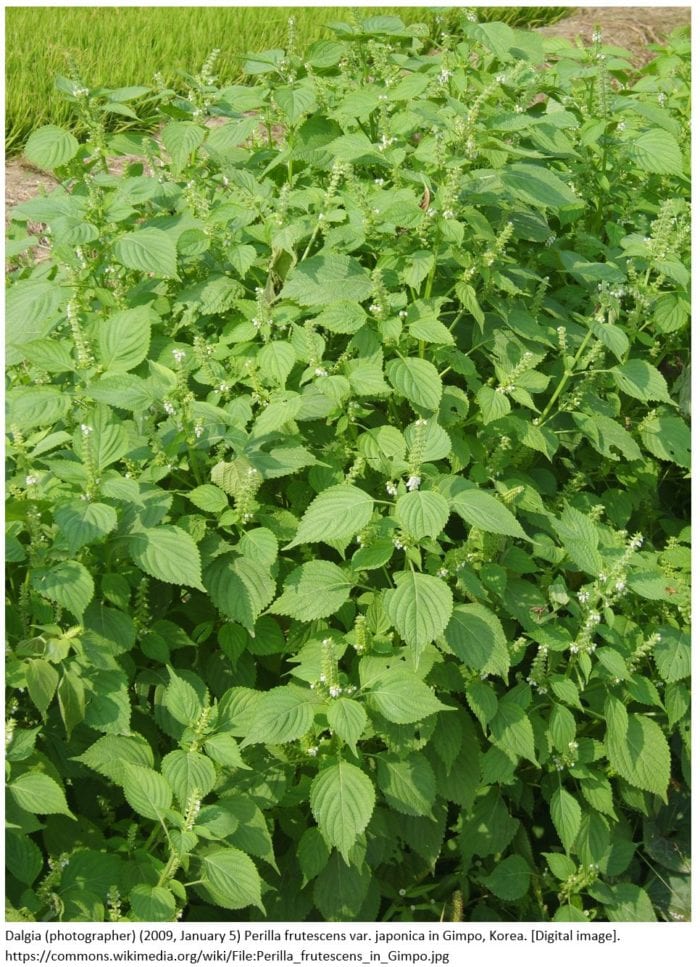 It is native to India and China in the mountainous regions and cultivated in China, Korea, Japan, and India. Introduced varieties of this plant are considered a weed in the United States and go by the common names Chinese basil, wild basil, perilla mint, beefsteak plant, purple perilla, wild coleus, blueweed, Joseph’s coat, and rattlesnake weed. This herb grows easily unattended, but is toxic for cattle and horses.
It is native to India and China in the mountainous regions and cultivated in China, Korea, Japan, and India. Introduced varieties of this plant are considered a weed in the United States and go by the common names Chinese basil, wild basil, perilla mint, beefsteak plant, purple perilla, wild coleus, blueweed, Joseph’s coat, and rattlesnake weed. This herb grows easily unattended, but is toxic for cattle and horses.